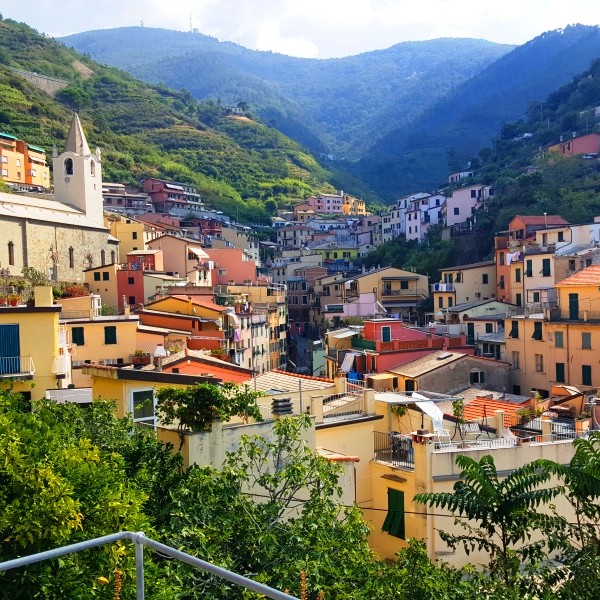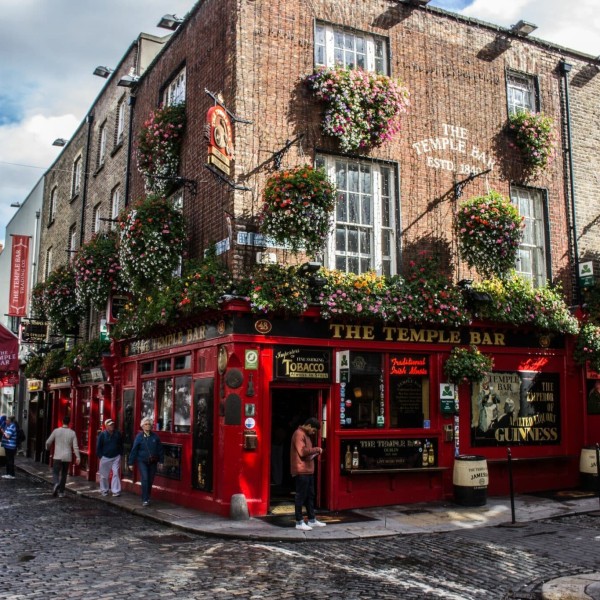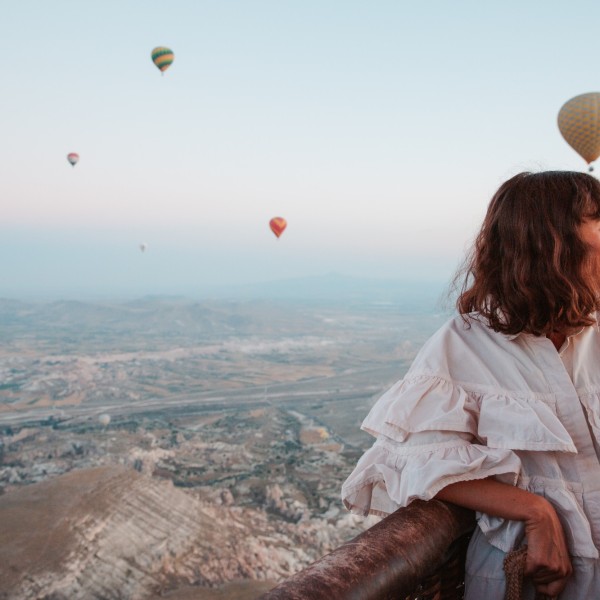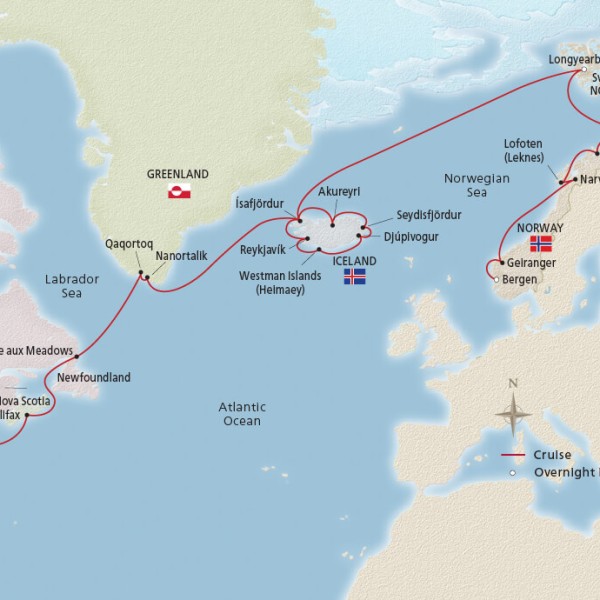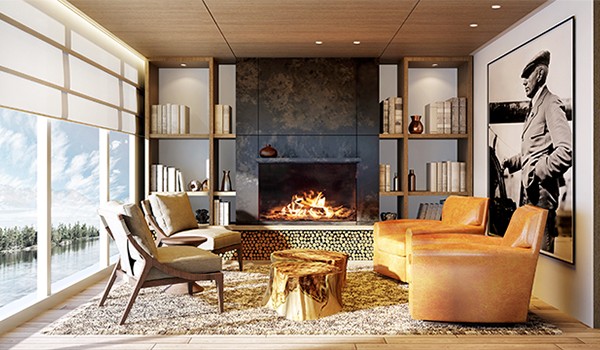Oslo is often overlooked by travellers keen to explore Europe’s great cities, probably because it doesn’t have any obvious iconic landmarks and is perceived as being very expensive, so I was completely unprepared for how impressive it is for the first time visitor. This is a city with vast green spaces including two huge public sculpture parks, a very funky urban seafront promenade comprising of manmade beaches, saltwater swimming pools, sunbathing platforms and public saunas and virtually no cars!
Oslo’s town planners have taken cars out of the city by constructing tunnels for them under the CBD and so the centre feels more like a large village, very quiet, just pedestrians, cyclists and e-scooters. 40% of the cars that we did see are e-vehicles, I’d never seen a Tesla taxi before, but Oslo has many!
We elected to join a 3 hour bike tour of the city with Viking Biking, and it was fantastic. With so few cars on the roads, biking is very safe and we covered about 16km including the famous Vigeland open air sculpture museum, the Akershuss fortress, City hall where the Nobel Peace Prize is awarded every December 10thand the Opera House. Norway’s society enshrines the ‘right to roam’ anywhere, so we cycled into the heart of it’s defence ministry, paused for photos outside the prime minister’s residence and walked to the front door of the Royal Palace. In mid June, it was a very balmy 26C, so the locals were out swimming in Oslofjord and sunbathing in the heart of the city. Prices are of course higher than NZ, about 40-50% so currently, but you definitely understand why Norway boasts one of the highest standards of living/quality of life in the world; lots of inspiration for NZ here – even their airport express train is one of the best I’ve experienced!
From Oslo, we flew via Tromso to the northernmost inhabited town in the world, Longyearbyen on the islands of Svalbard at 78 degrees North, where we join our expedition cruise ship later today. Svalbard literally means ‘cold edge’ and as we’re well within the Arctic Circle and only 1300km from the North Pole, you can see why! It’s a duty free zone (so a bit cheaper than the rest of Norway) and semi-autonomous from the rest of Norway, so you have to clear passport control when departing Tromso. Under the terms of the Svalbard treaty, any country can exercise its economic rights here, there are no visas/permits required, you just need to demonstrate you can support yourself and have somewhere to live. We took a 2 hour ‘Longyearbyen in a Nutshell’ tour to get acquainted with this quirky coal mining outpost, now also a centre for NASA research and a thriving tourist town in the summer months. At this time of year, with the summer solstice on 21 June just a week away, it never gets dark, so we were very grateful for thick ‘blackout’ curtains in our hotel room otherwise sleep would be a challenge! Highlights of our tour included the kennels for the town’s working huskies on the outskirts of town (they’re pretty noisy!), a view of the mines – only one is now still operating, and a visit to the entrance of the extraordinary ‘global seed vault’ where most of the world’s seed varieties are stored underground.
Longyearbyen experiences permafrost, so houses are built on stilts and all pipes are above ground to prevent cracking as the land rises and falls with each cycle of thaw and freezing. Snowmobiles are parked everywhere and restaurants, bars and shops have changing rooms where you can leave your parkas and snowboots before entering. The star attraction here of course is the polar bear, and much has been written and hypothesized about their challenges as the impact of global warming and subsequent sea ice retreat is faster here than anywhere else in the Arctic. Signs warning people of the danger of bears are everywhere, and that’s what we’re hoping to see on the next stage of our adventure as we head North into the sea ice, also whales, walruses, arctic fox and many polar bird species. Standby for updates!




























